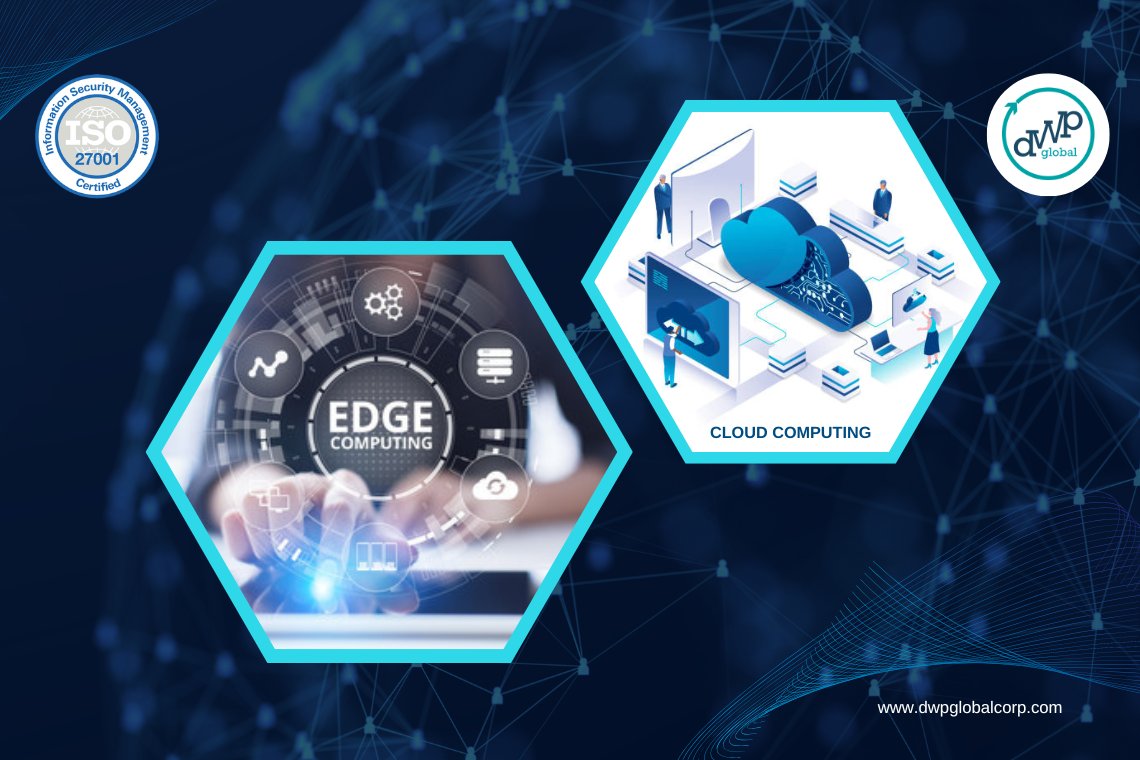Edge Computing: Enhancing Speed and Security in Web and Mobile Applications.In our increasingly connected world, where web and mobile applications have become an integral part of our daily lives, the need for faster, more secure, and reliable experiences has never been more critical. Enter edge computing, a revolutionary paradigm shift that promises to transform the way we interact with our digital world. In this blog, we’ll explore how edge computing is not only enhancing speed but also bolstering security in web and mobile applications.
The Need for Speed
Speed is a virtue in the digital age. Whether you’re streaming your favorite Netflix series, making an online purchase, or video calling a loved one, latency can be your biggest foe. Traditional cloud computing models involve data traveling from your device to a distant data center, which can result in noticeable delays and sluggish response times. Edge computing aims to rectify this by bringing computation closer to the user, quite literally edging out the delays.
Reducing Latency: In edge computing, the processing of data takes place closer to where it’s generated, typically at the edge of the network, or even on the user’s device. This proximity significantly reduces latency, ensuring that your applications respond faster, making your user experience smoother.
Improved User Experience: Faster load times, quicker responses, and seamless interactions can boost user engagement, satisfaction, and ultimately, the success of your application.
Real-time Responsiveness: Edge computing is invaluable for applications that require real-time interactions, such as online gaming or telemedicine, where split-second decisions and responses are critical.
Reinforcing Security
Security is paramount in an era marked by data breaches and cyber threats. Edge computing, with its decentralized architecture, introduces innovative security measures that protect both data and users.
Data Privacy: With edge computing, sensitive data doesn’t have to travel far, reducing the risk of exposure during transit. This helps safeguard the privacy of users’ personal information.
Less Vulnerable to Centralized Attacks: Unlike centralized cloud servers, which can be lucrative targets for hackers, edge devices typically store and process smaller amounts of data, making them less attractive and more resilient to cyberattacks.
Enhanced Security Protocols: Edge devices can implement stringent security protocols, ensuring that only authorized entities can access and manipulate data. This extra layer of security reduces vulnerabilities.
Local Threat Mitigation: In edge computing, if a device detects suspicious behavior or a potential threat, it can respond locally without compromising the entire network, preventing a domino effect of security breaches.
Practical Applications
Now that we understand the potential of edge computing in boosting speed and security, let’s explore some real-world applications:
Autonomous Vehicles: Self-driving cars require split-second decision-making. Edge computing allows these vehicles to process sensor data locally, reducing the risk of latency-related accidents.
Smart Cities: Edge computing can enhance the efficiency of smart city infrastructure by enabling real-time traffic management, energy consumption control, and public safety services.
IoT Devices: The Internet of Things is all about collecting and processing data from various sensors. Edge computing ensures that data processing can happen locally, saving bandwidth and enhancing response times.
E-commerce: Faster load times and real-time inventory updates in e-commerce applications can significantly improve the shopping experience, leading to increased conversions.
Conclusion
Edge computing is an exciting technological frontier that promises to enhance both speed and security in web and mobile applications. As our digital world continues to evolve, the need for real-time interactions and robust data protection becomes increasingly vital. By moving processing and data storage closer to the edge of the network, we can enjoy a more seamless and secure digital experience, whether we’re shopping online, gaming, or even driving autonomous vehicles. Edge computing is not just the future; it’s the present, and it’s here to redefine the way we engage with our digital world. So, stay tuned and embrace the edge for a faster and more secure future.

